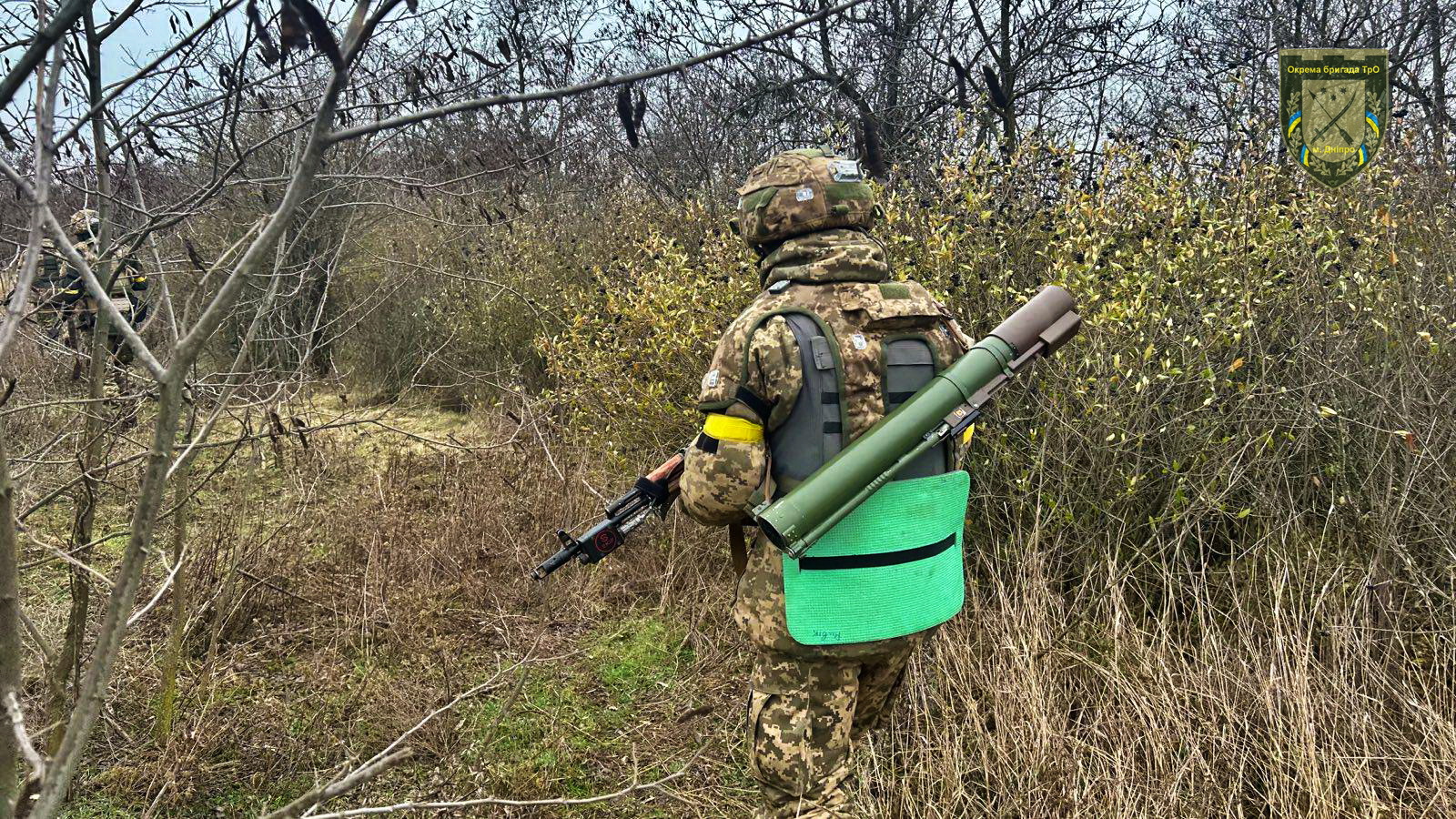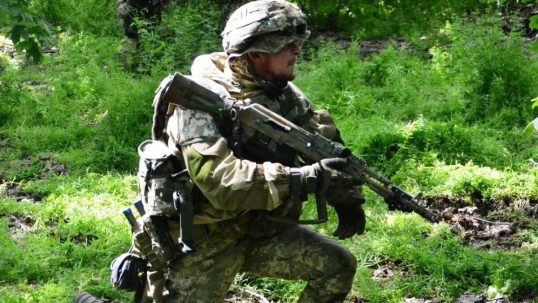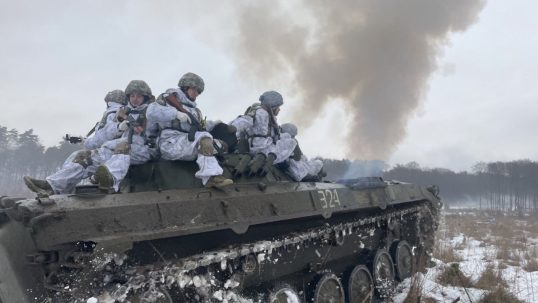
Tactical training has always been crucial for military and law enforcement agencies. In the face of rapidly evolving battlefield threats, traditional training methods often lack the flexibility and realism needed for comprehensive preparation of personnel. Modern simulation systems offer a solution by optimizing and enhancing the effectiveness of tactical training programs.
Realism in safe conditions
One of the main advantages of modern simulation systems is the ability to create highly realistic scenarios without risking the safety and health of participants. Simulations can replicate any scenario—from urban combat to operations in harsh weather conditions. With SKIFTECH tactical simulators, military personnel and law enforcement officers can practice various tactical situations, including those too dangerous for traditional training.
Read more: Creating realistic scenarios for tactical simulations: tips and tricks
Enhancing training effectiveness
Simulation systems enable repeated practice, as they are not constrained by factors such as:
- availability of ammunition;
- access to specially equipped locations or ranges.
This allows personnel to spend more time honing their skills, leading to better retention. Additionally, using simulations can significantly reduce preparation time and facilitate quicker progression to more complex tasks.
Monitoring and evaluation of results

Modern simulation systems provide detailed analysis of each training session. For example, SKIFTECH software includes:
- monitoring each participant’s actions—number of shots, hits, and simulated injuries;
- tracking team interactions and movements;
- overall task performance evaluation.
The comprehensive data allows instructors to pinpoint weaknesses and adjust training programs to achieve maximum efficiency.
Read more: Modern methods of analyzing the results of military exercises
Economic benefits
Using simulation systems also has economic advantages. The costs of traditional training with blank ammunition can limit the frequency of exercises, especially when involving expensive equipment or weapons. Simulations reduce expenses by allowing training without physical ammunition. Tactical simulators also decrease wear and tear on real equipment, leading to lower maintenance and replacement costs.
Modern simulation training systems open new possibilities for tactical preparation. They not only improve training efficiency but also ensure better skill retention and adaptation in real-world conditions. Employing such technologies is a crucial step toward enhancing the combat readiness and safety of military and law enforcement personnel.

